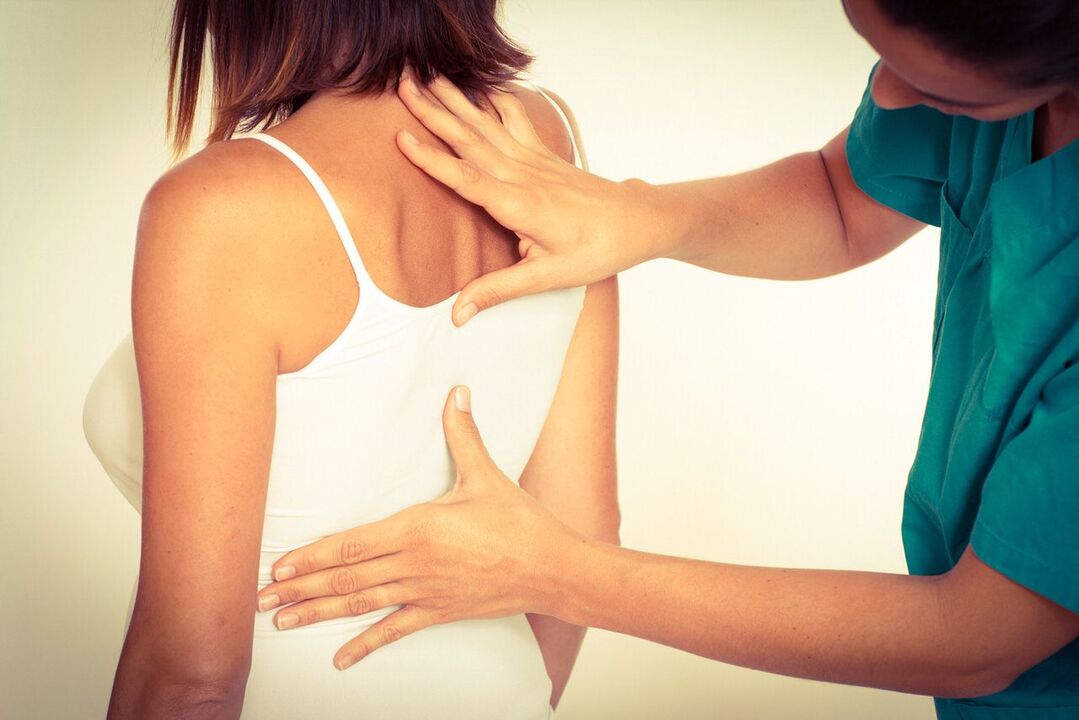
The most common degenerative spinal dystrophy disease is osteoarthritis. Its peculiarity is that in the early stages it does not manifest itself in any way, so many patients turn to doctors when the process of tissue destruction has gone far. But even in this case, the diagnosis is not made immediately, but after a series of laboratory and instrumental tests. It is very important to accurately diagnose osteoarthritis, because the earlier treatment begins, the greater the chance of preventing complications. It is for this reason that you need to promptly identify symptoms of osteoarthritis and consult a doctor.
Causes and development mechanisms
Osteonecrosis begins with the destruction of intervertebral discs. They gradually dry and decrease in volume. This leads to the fact that the disks can no longer perform their functions correctly. They can collapse and then a hernia develops. But most often this condition leads to the development of osteonecrosis.
After all, the intervertebral disc protects the vertebrae from destruction, serves as a shock absorber during various movements and keeps the vertebrae in the correct position. As its volume decreases, the vertebrae are displaced. Instability of a segment of the spine leads to the formation of bone spurs - bony growths that hold the vertebrae at a distance. Otherwise, nerve root compression and blood vessel compression may occur. All these processes cause the presence of various signs of osteoarthritis, which is why it is so difficult to diagnose in time. But knowing why this pathology develops, people at risk can be more careful.
Osteoarthritis is often caused by the following causes:
- Congenital disorders in the development of the spine or connective tissue defects;
- injury or constant overload, heavy manual labor;
- poor posture, flat feet, uncomfortable shoes;
- being in an uncomfortable position for a long time, sedentary lifestyle;
- obesity, poor nutrition, overweight;
- exposure to chemicals, for example, having bad habits, taking certain medications;
- frequent stress;
- natural processes that occur during the aging process of the body;
- Continuous vibration impact on the spine.
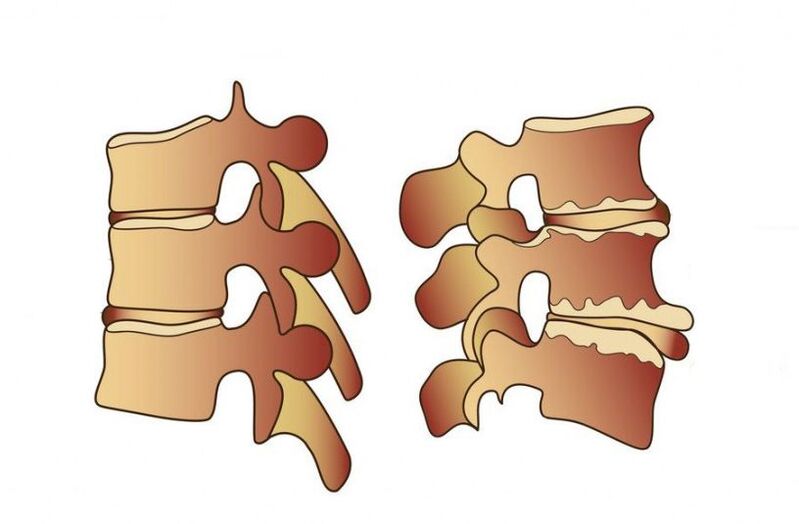
Osteoarthritis develops after the height of the intervertebral disc decreases, after which the vertebrae begin to collapse
Therefore, it is necessary to carefully monitor your health so that you can consult a doctor at the first symptoms. This is especially important for athletes, porters, drivers, gymnasts, women, people who constantly worry about their loved ones and feel stressed because of this.
Symptom
Signs of osteoarthritis depend on the stage of the disease, as well as which part of the spine is affected by the degenerative process. Very often, at first the patient does not even feel back pain, only a slight stiffness in the morning. During the process of destruction of the disc due to the displacement of the vertebrae, the nerve roots are compressed and pain occurs. Depending on the location of the disease, they can appear not only in the back area. Often the pain spreads to the shoulder blades, chest, arms or legs and may be accompanied by headaches.
A characteristic of osteoarthritis in the early stages is that the pain increases with physical activity and gradually decreases after rest. Even after adopting a comfortable body position, the patient feels better. The pain is aggravated after hypothermia, stress, prolonged static position, for example, when working at a computer or sleeping in an uncomfortable bed. Very often, with osteoarthritis, stiffness during movement, muscle weakness and constant fatigue are observed. Patients try to take a comfortable position to experience less pain.

The main signs of lumbar osteoarthritis are pain and stiffness when moving.
Symptoms of lumbar osteoarthritis
The most common site of degenerative-dystrophic processes is the lumbar spine. It can withstand the greatest loads not only when moving, but also when a person sits for a long time in one position. Due to the sedentary lifestyle of modern people, the muscles here are weak, so any overload can lead to destruction of the disc or misalignment of the vertebrae.
In addition to general pain and stiffness, there are also special symptoms of spondylosis in the lumbar region. If you occasionally feel the following signs, you need to make an appointment with a neurologist:
- lower limbs numbness;
- Skin sensitivity is impaired, paralysis may develop;
- pain in the pelvic organs, their function is disrupted;
- The patient cannot turn or bend, and feels pain even when sitting.
Symptoms of cervical spondylosis
It is especially important to know what symptoms patients experience when suffering from cervical spondylosis. After all, sometimes people do not even feel pain in the neck, and other symptoms are similar to the vascular disorder that a person is trying to treat with medication. If destructive processes in the cervical spine are not stopped, this can lead to interruption of blood supply to the brain and even complete paralysis of the body.
Therefore, it is very important to promptly pay attention to the following signs:
- headache that cannot be relieved by regular pain relievers;
- dizziness occurs when turning the head;
- pain may be felt in the shoulders, back of the head, and arms;
- impaired vision, spots or colored spots appear before the eyes;
- have hearing loss and tinnitus;
- tongue and fingers become numb;
- Coordination of movements is impaired.
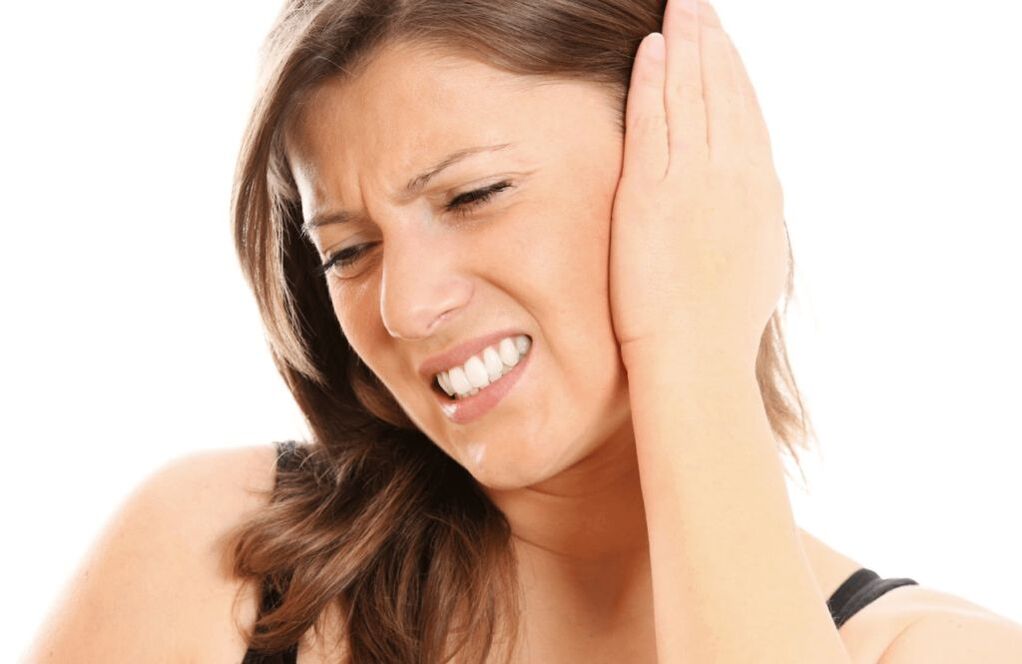
When suffering from cervical spondylosis, people often experience headaches and tinnitus
Symptoms of breast osteonecrosis
Signs of osteoarthritis in the chest area are easily confused with internal organ diseases. And although the main symptom is back pain, it also has its own characteristics. Patients describe this feeling as if the chest is being squeezed by a ring. The pain increases when inhaling and exhaling, so many people attribute these sensations to heart disease.
With thoracic osteoarthritis, pain will increase with hypothermia, raising the arm as well as at night. You may experience numbness, goosebumps, and coldness in your extremities. Disturbances in the functioning of the digestive system often occur.
Diagnose
To prevent complications of osteonecrosis, it is important to consult a doctor as soon as the first signs appear. This is a condition of joint stiffness when moving and back pain after exercise. This condition is treated by a spine specialist or neurologist. An experienced doctor can make a preliminary diagnosis by examining and talking with the patient.
But some of the symptoms of the disease are very non-specific and resemble the manifestations of many other diseases. Therefore, differential diagnosis is very important, which will help to exclude diseases in which vascular and neurological symptoms also develop. This can be angina, hypertension, stomach ulcers, pyelonephritis. The main difference between osteonecrosis and them is that it has a chronic and slowly developing course, with periodic exacerbations and pain that is usually relieved by rest.
But without a special diagnosis, it is still difficult to make an accurate diagnosis. Most often, instrumental examination methods are used for this: X-ray, CT, MRI, ultrasound, myelography and others. Sometimes laboratory tests may also be needed. They will help determine the presence of an inflammatory process and an increase in calcium levels in the blood.
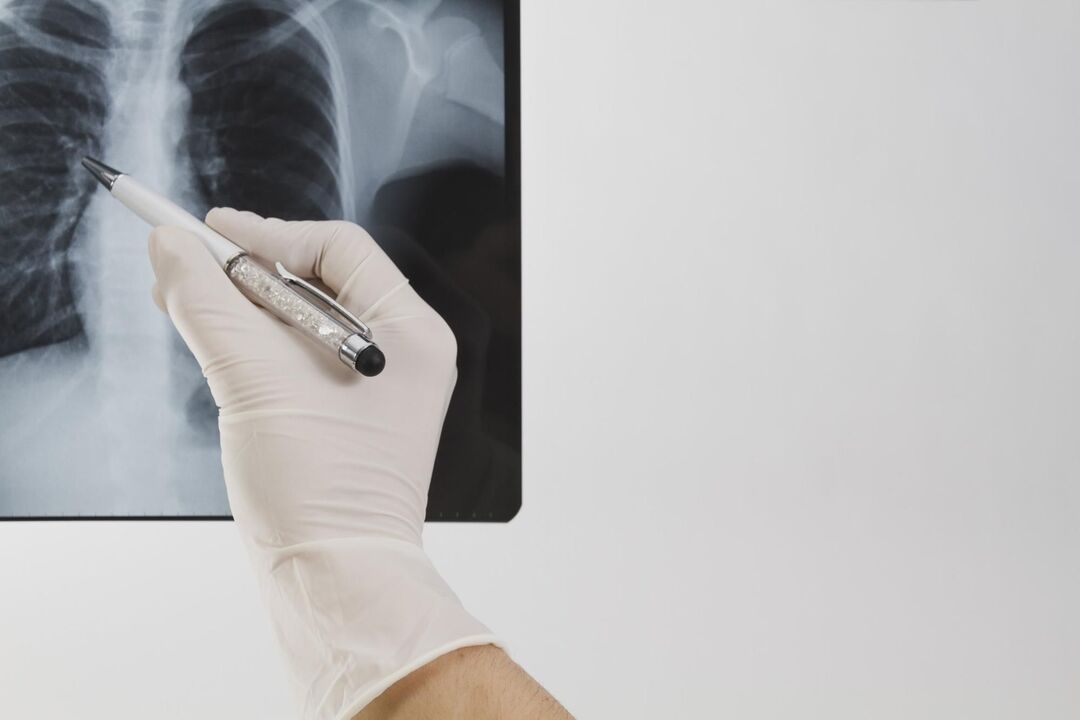
The most common diagnostic method in the early stages of the disease is X-ray.
X-ray
In the early stages, X-rays are necessary to confirm the diagnosis. This is the main method of testing for osteoarthritis. This is the simplest, most accessible and has the fewest side effects. After determining the pain location, take a picture of this spinal area. They are usually performed in two projections: direct and lateral.
If the diagnosis is made correctly, this will be indicated by the following radiological signs: the distance between the vertebrae is reduced, atrophy of the intervertebral discs is observed, bone spurs are seen, there may be breakdowndestroy vertebral tissue or change the shape of the spine.
Myelogram
This is a more complicated method, can have side effects, and is not suitable for everyone. After all, myelography is based on injecting a special contrast liquid into the spinal canal. This can cause an allergic reaction or even damage the spinal cord. Then, the spine is X-rayed.
This method allows you to examine the spinal canal and determine where it is damaged by degenerative processes. In addition, myelography can determine the presence of intervertebral hernia at the initial stage.
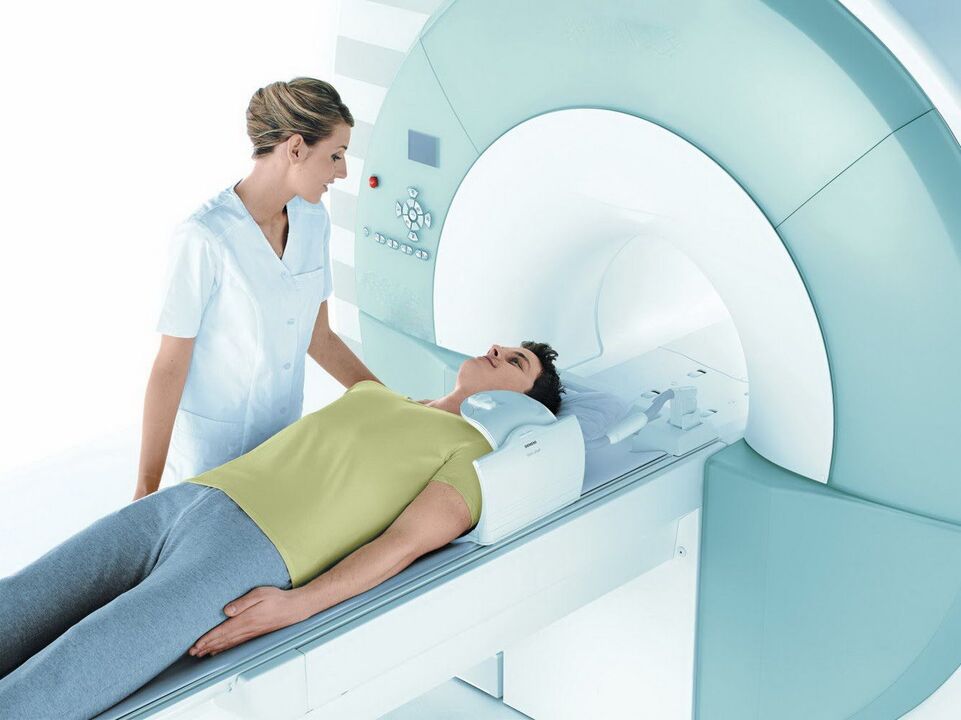
MRI is a more informative examination, so it is used when a differential diagnosis is needed.
CT scan
Diagnosis of osteoarthritis by CT or MRI is performed less often because these methods are not yet available everywhere. Therefore, they are used in difficult cases, as well as when it is necessary to distinguish osteoarthritis from other diseases. But with an MRI or CT scan, you can examine the spine and surrounding tissues in detail.
These diagnostic methods allow you to see the condition of blood vessels, the presence of hernias, compression of nerve roots and the shape of intervertebral discs. They are necessary to differentiate osteochondrosis from osteomyelitis, spinal cord tumors, spondylitis, ankylosing spondylitis, and syringomyelia.
Timely identification of symptoms of osteonecrosis and accurate diagnosis will help to initiate timely treatment. This will prevent the development of complications, alleviate the patient's condition and reduce the number of exacerbations.

















































